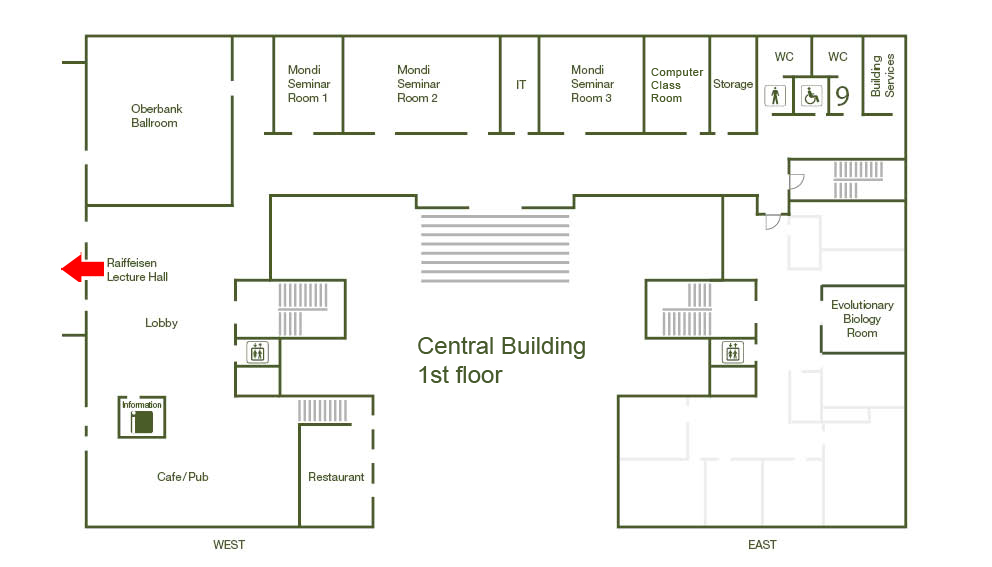Thesis Defense: TOWARDS UNDERSTANDING THE SPATIAL REGULATION OF THE Z-RING IN ARCHAEA AND BACTERIA

Life on Earth emerged when early biomolecules became enclosed within flexible membranes, creating confined spaces that enabled essential reactions and drove evolution. This membrane flexibility remains crucial today, especially during cell division, where cells undergo dramatic shape changes to constrict at mid-cell and separate into two daughter cells. To achieve this, prokaryotic cells employ a conserved protein machinery called the divisome, orchestrated by the Z-ring, which coordinates membrane remodelling and cell envelope synthesis. The central question of this thesis is: How is the Z-ring precisely positioned to ensure accurate symmetric cell division? Firstly, n archaea, I investigate how early division proteins assemble in Haloferax volcanii to recruit FtsZ to the division site. I show that a tripartite complex (SepF-CdpB1-CdpB2) forms in a defined hierarchy that enables the recruitment of FtsZ2 filaments. These results reveal conserved features of divisome assembly with evolutionary implications for early cellular life. Secondly, in bacteria, I examine how the Z-ring is oriented orthogonally relative to the long axis. My findings demonstrate that the distribution of charged amino acids in the intrinsically disordered C-terminal linker of FtsZ determines the Z-ring diameter and allows the scaling with diverse cell diameters. This part of the dissertation uncovers fundamental biophysical and molecular mechanisms that control spatial divisome positioning, which is crucial for symmetric division of unicellular organisms.